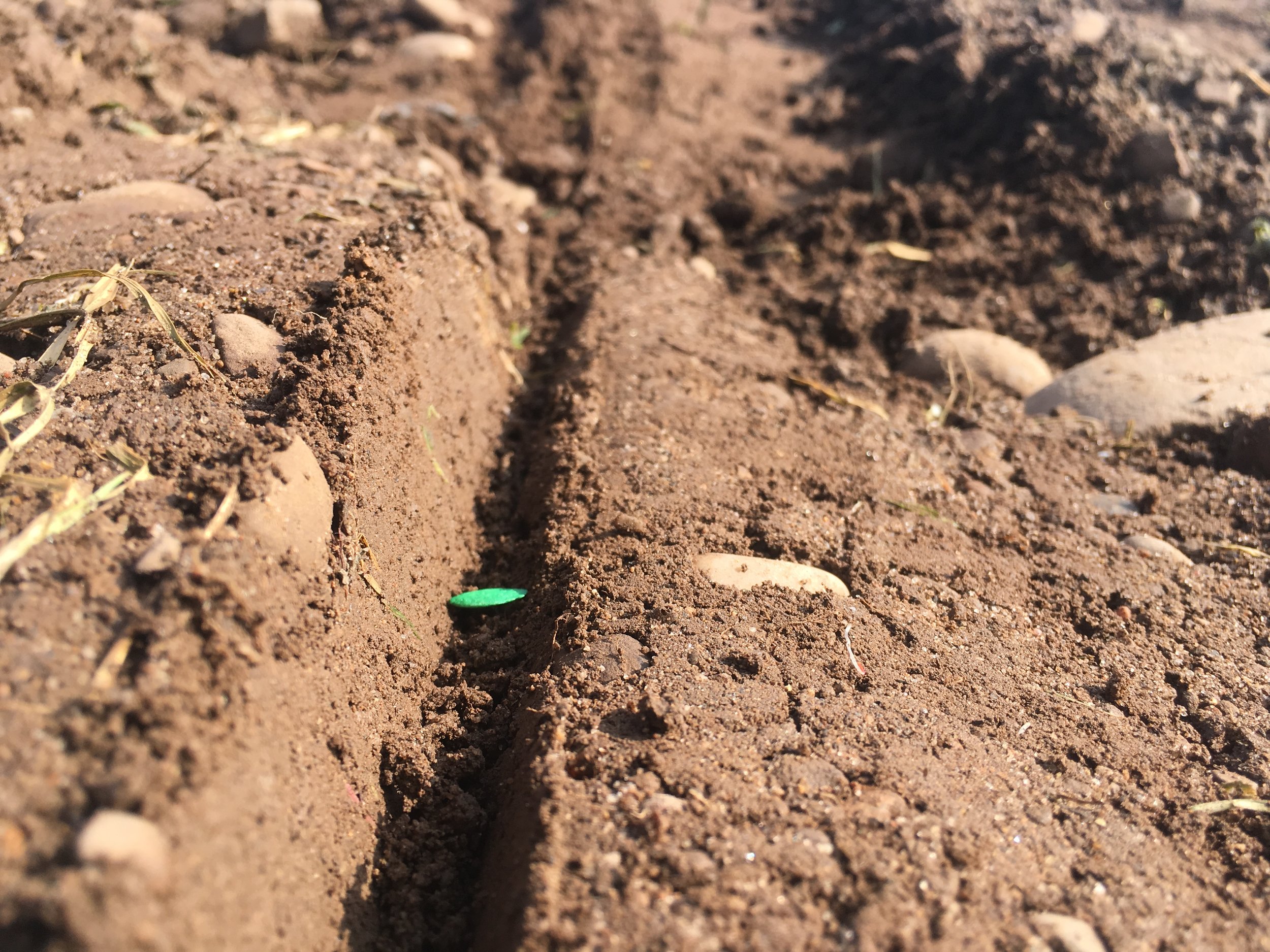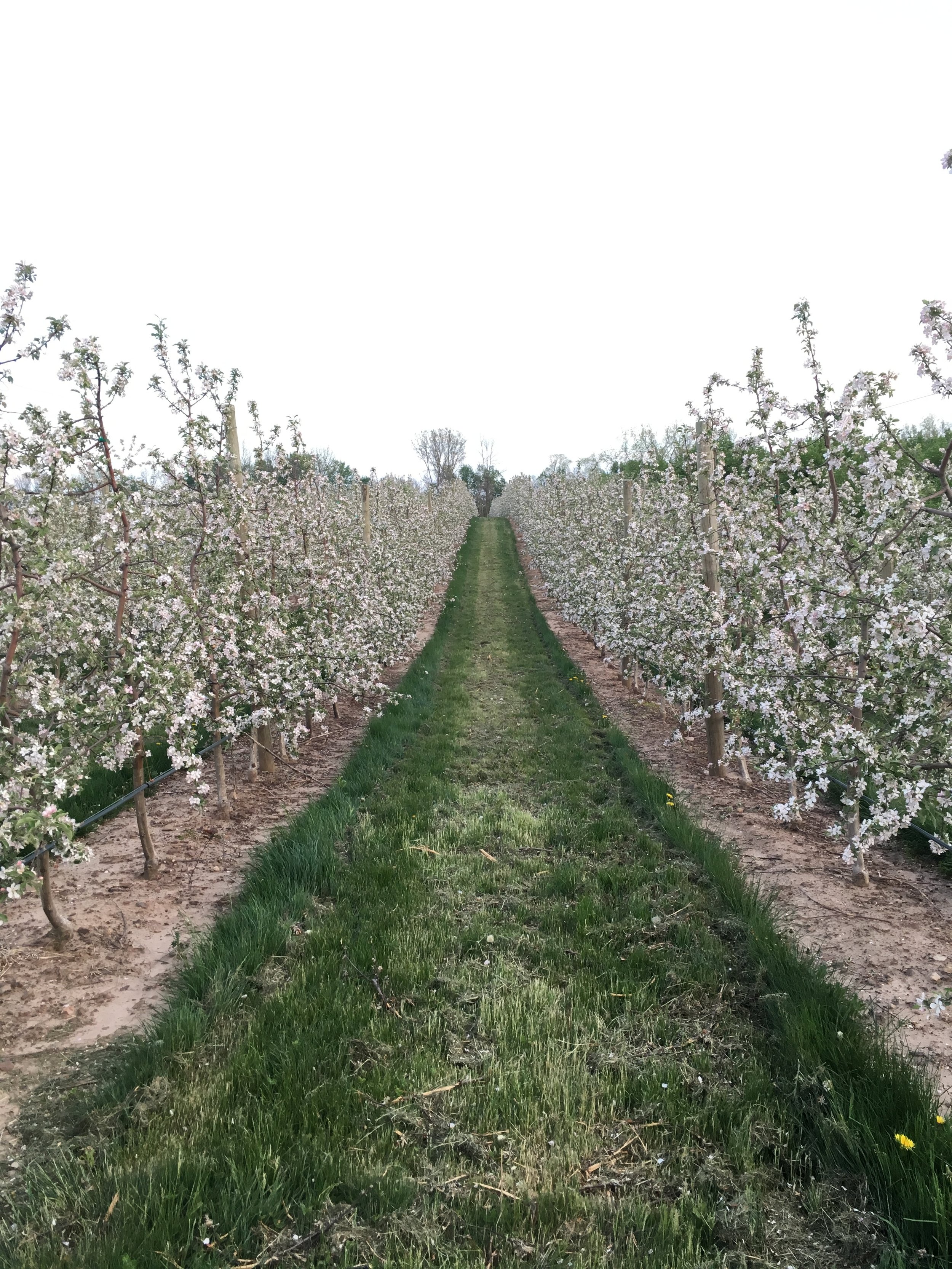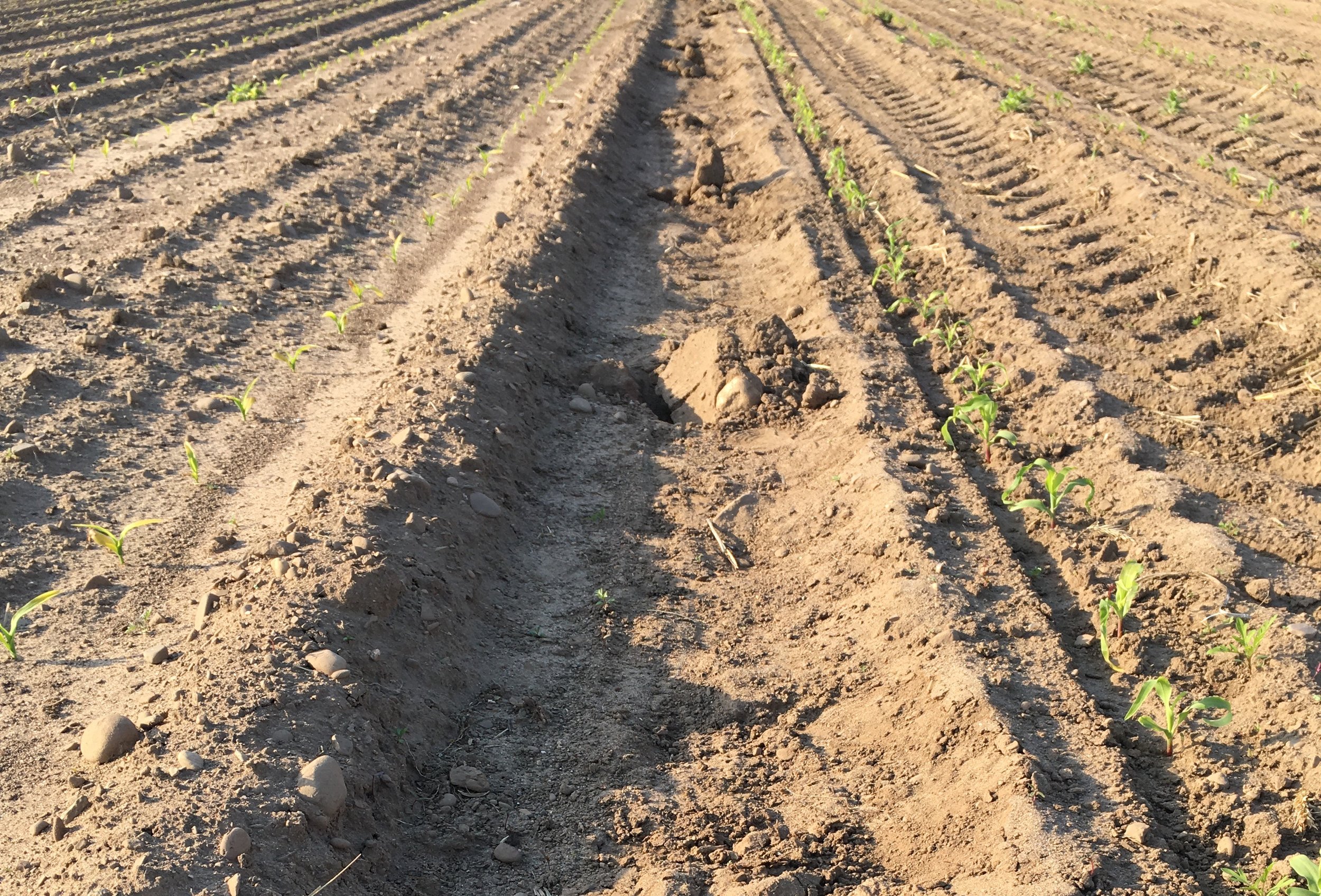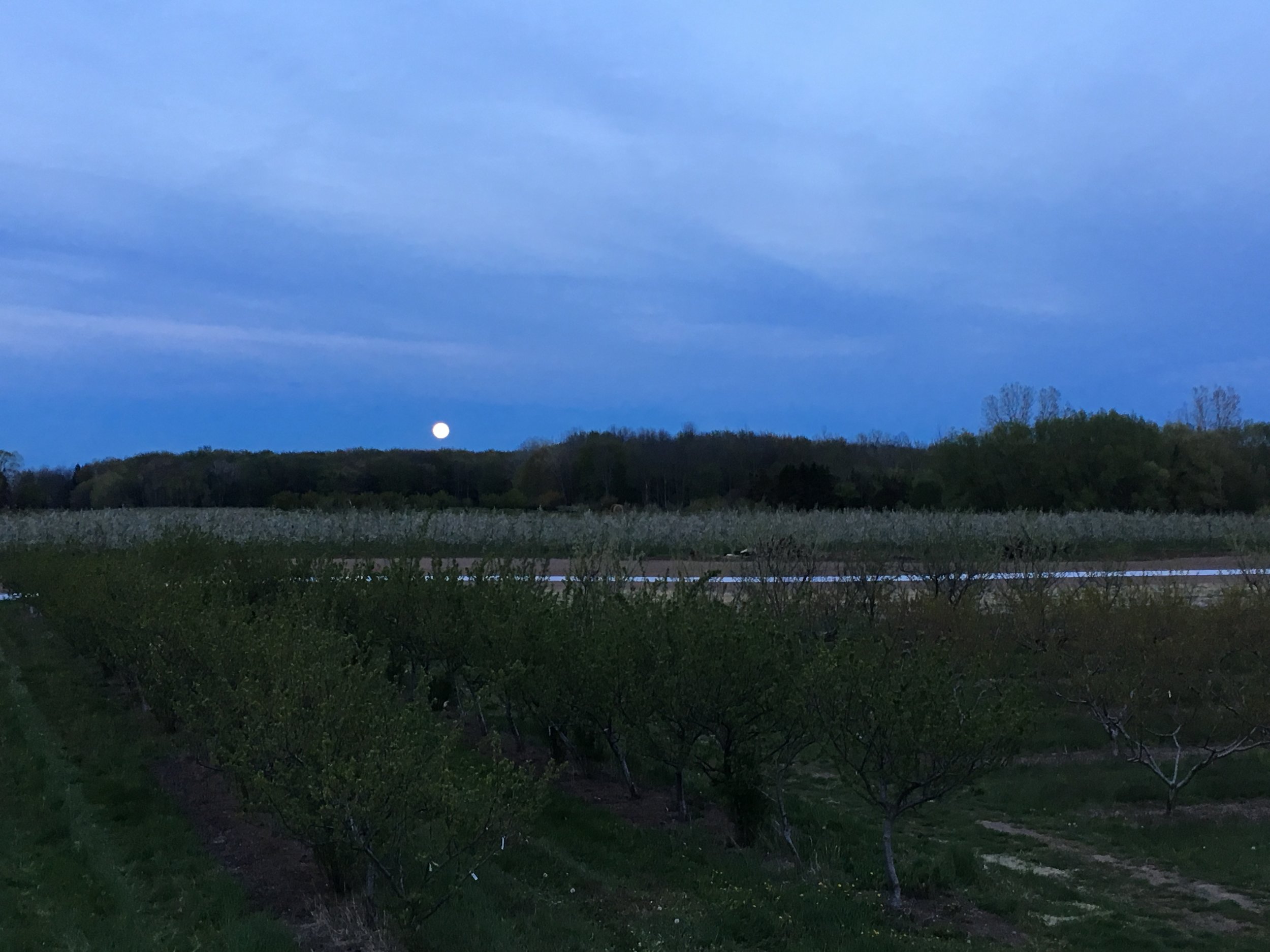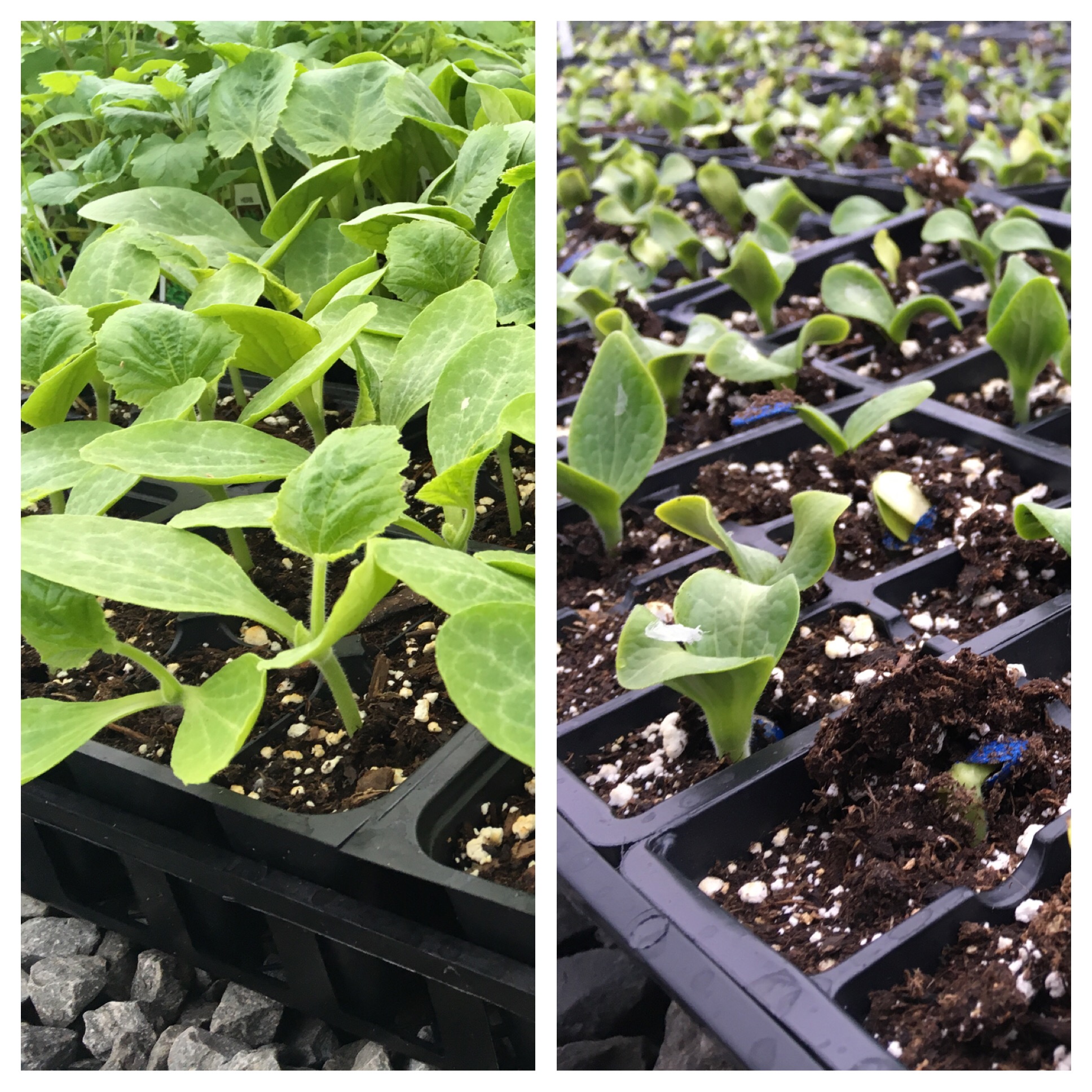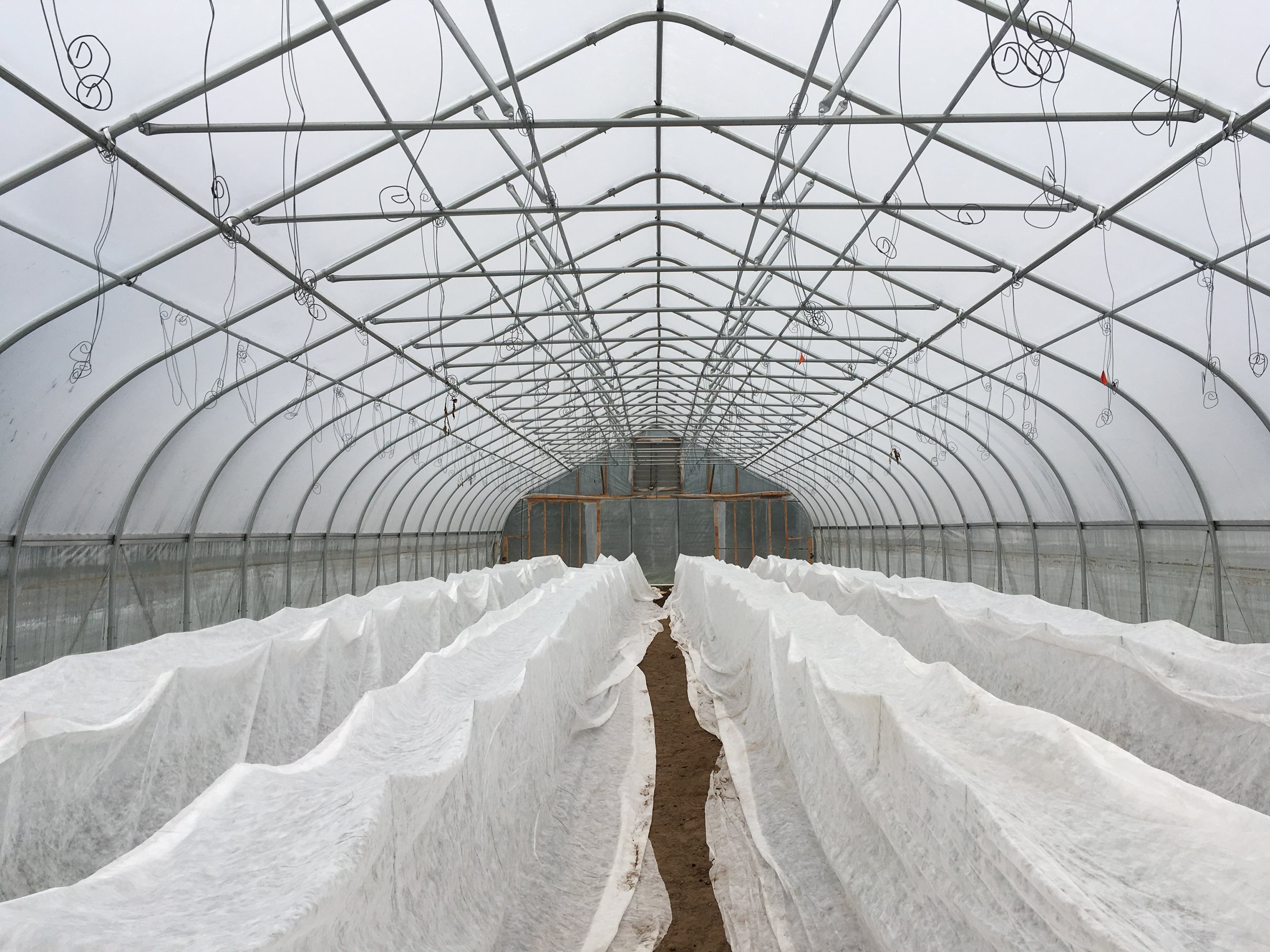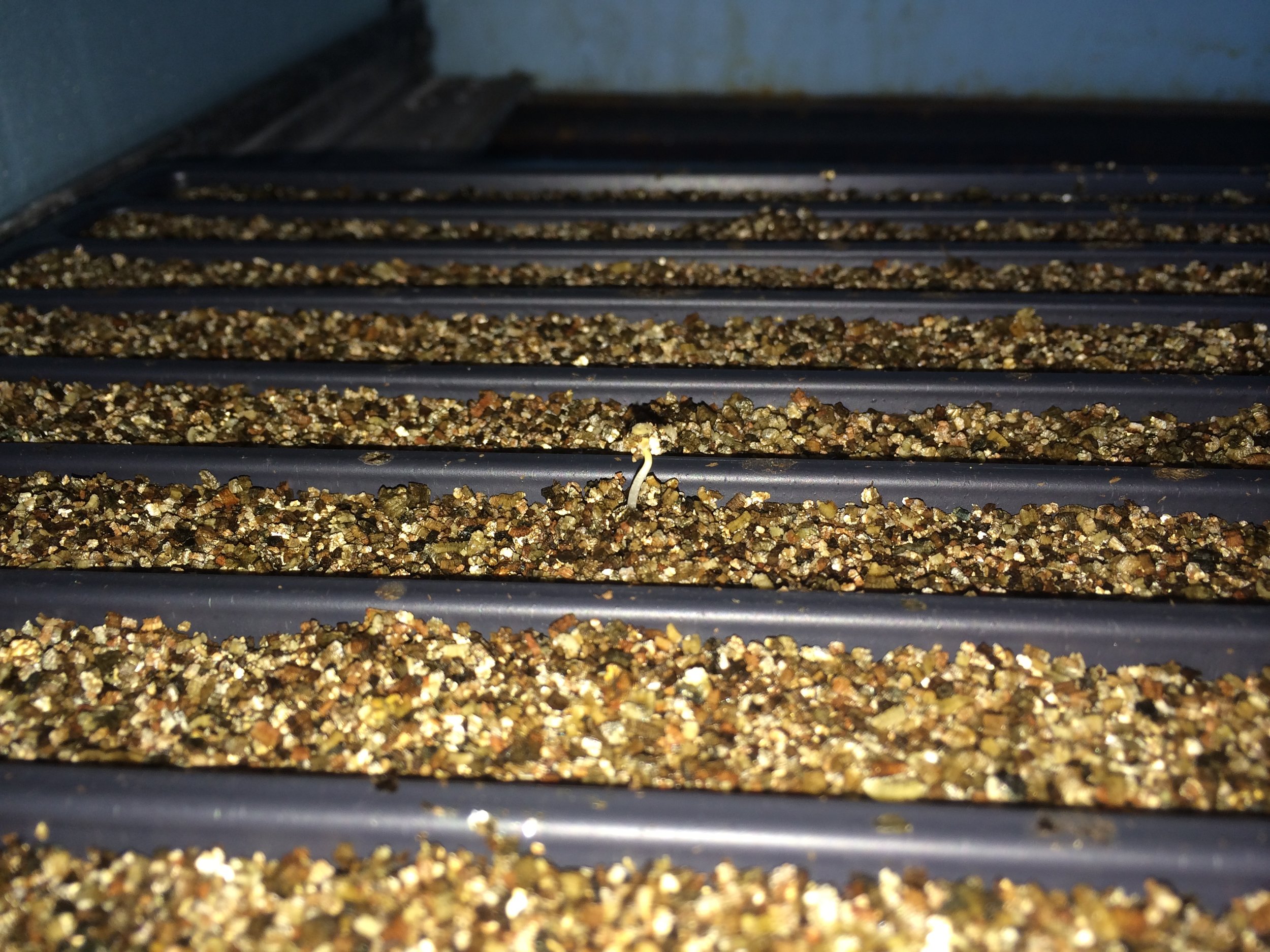A lot of thought goes into balancing the many aspects of our CSA. For example, our planting schedule (how many times we plan to grow each vegetable this season) is in the top three for trickiest balancing acts; for every fruit and vegetable we grow, someone hates it and someone loves it. Our CSA survey results always have "More kale!" followed closely by "Less kale!".
Taking up the number one "most challenging" spot is balancing the cost, value, and price of our CSA. We are all very aware of the rising costs of utilities, goods and services. It's just a fact of life. For the last several years we ignored this pesky fact, and kept our CSA shares at the same price, $15 per week for the Half Share, and $30 per week for the Full Share. This year, we had to face reality and increase our prices. After a detailed cost analysis, we are confident that we can maintain our CSA quality standards, and even add a little more produce to the boxes each week.
If you are a past CSA member, and you think that the price increase will be an obstacle for you, please contact us about work exchange opportunities.
2018 CSA Share Prices
Full Share: $32 per week
23 Week Season: $736
Half Share: $16 per week
Regular 23 Week Season: $368
Quarter Share: $8 per week
23 Week Season: $184
Chomper (Half Share, 4 weeks): $64
Nibbler (Half Share, 1 week): $16



![IMG_20170918_201903[1].jpg](https://images.squarespace-cdn.com/content/v1/54244572e4b0b6739e3b8629/1505827002269-9H79EEWPDOKE3X6US9H7/IMG_20170918_201903%5B1%5D.jpg)
![IMG_20170918_172606[1].jpg](https://images.squarespace-cdn.com/content/v1/54244572e4b0b6739e3b8629/1505827135010-APAEKQM60USW4Z3FAJW3/IMG_20170918_172606%5B1%5D.jpg)
![IMG_20170918_202223[1].jpg](https://images.squarespace-cdn.com/content/v1/54244572e4b0b6739e3b8629/1505827042042-U6DHQ8UW7B7EPEMVW4KP/IMG_20170918_202223%5B1%5D.jpg)







